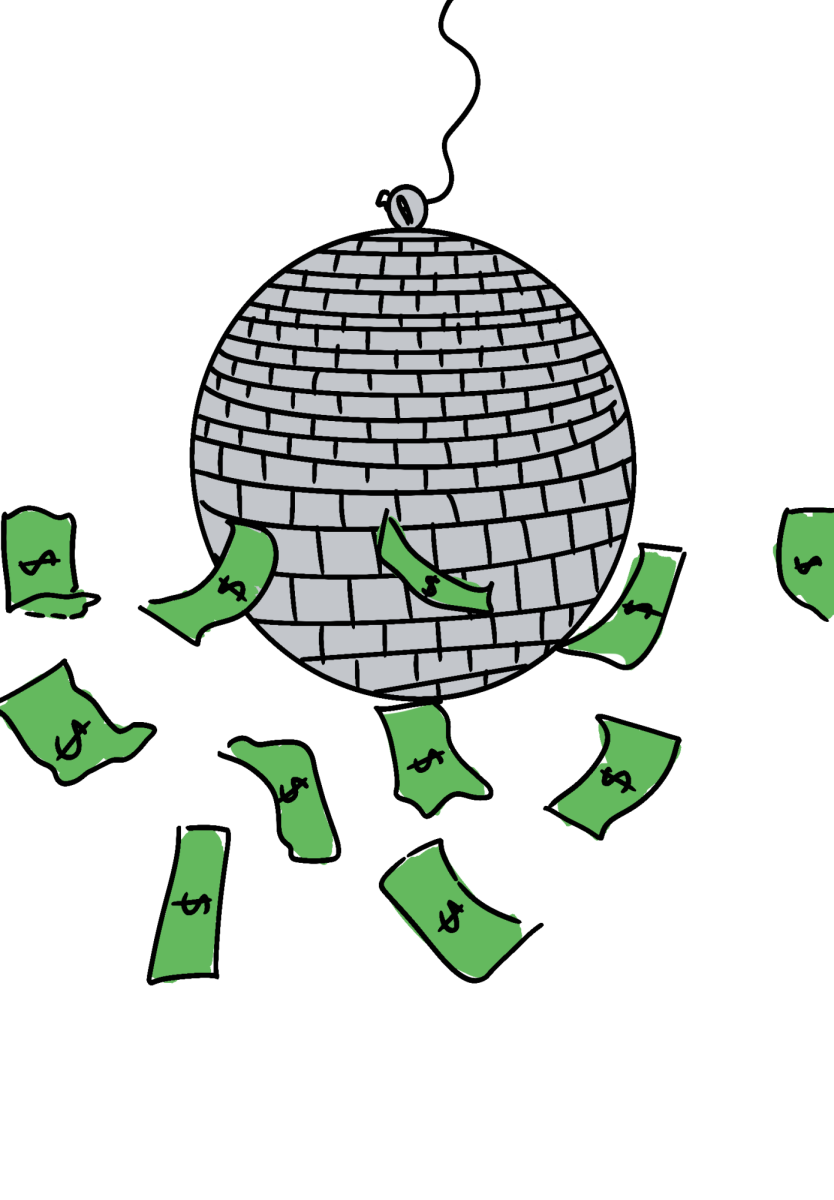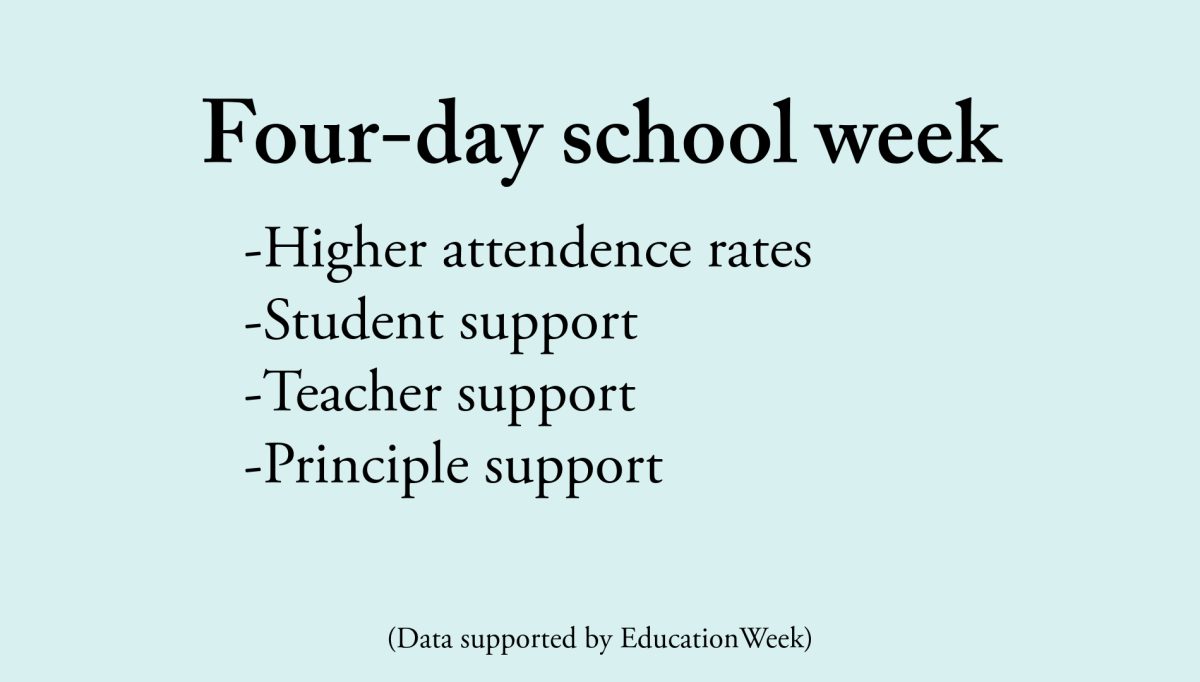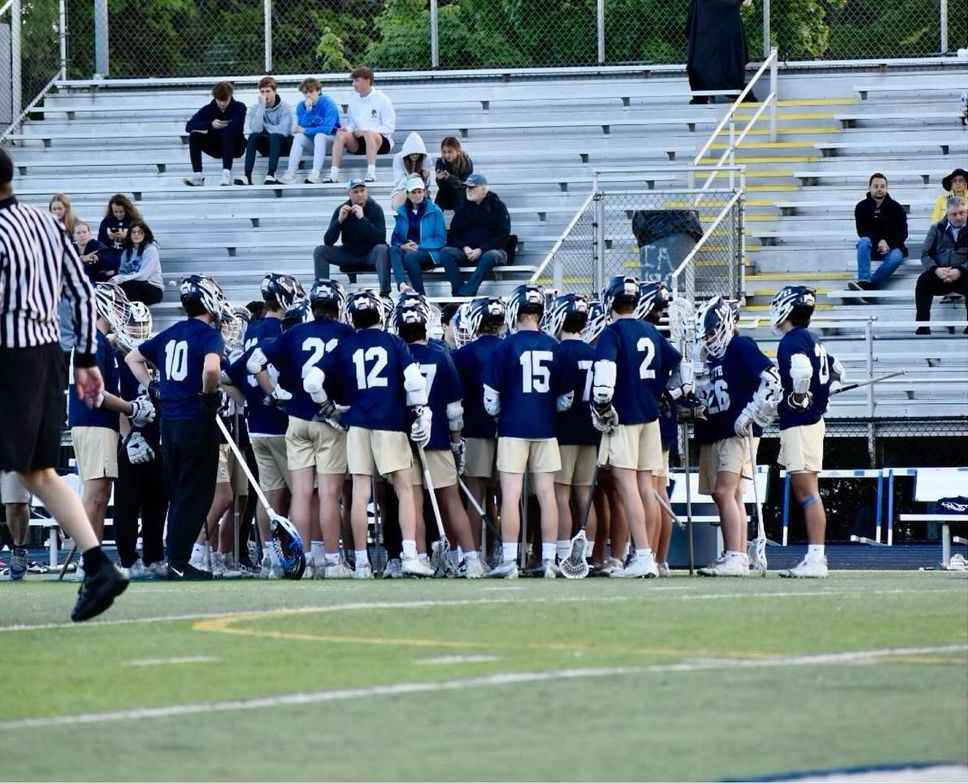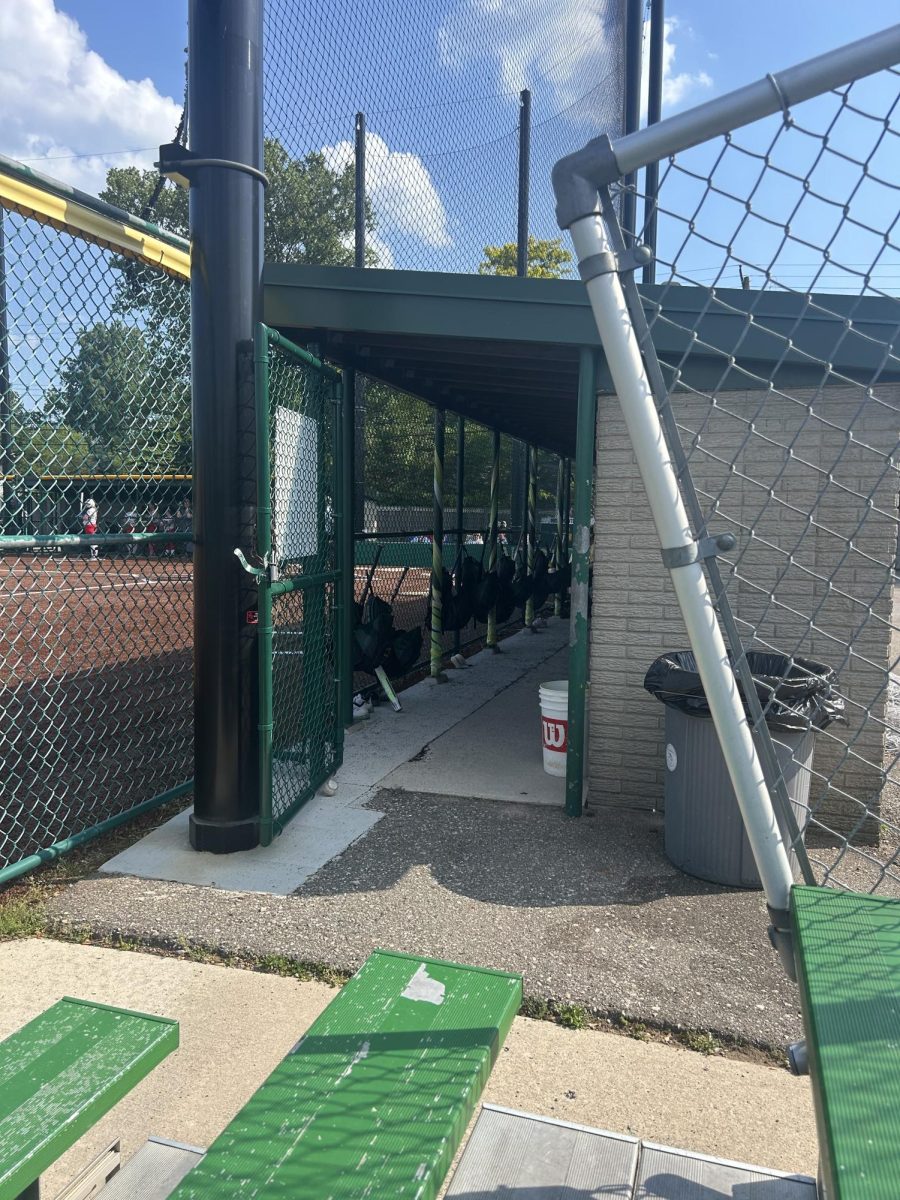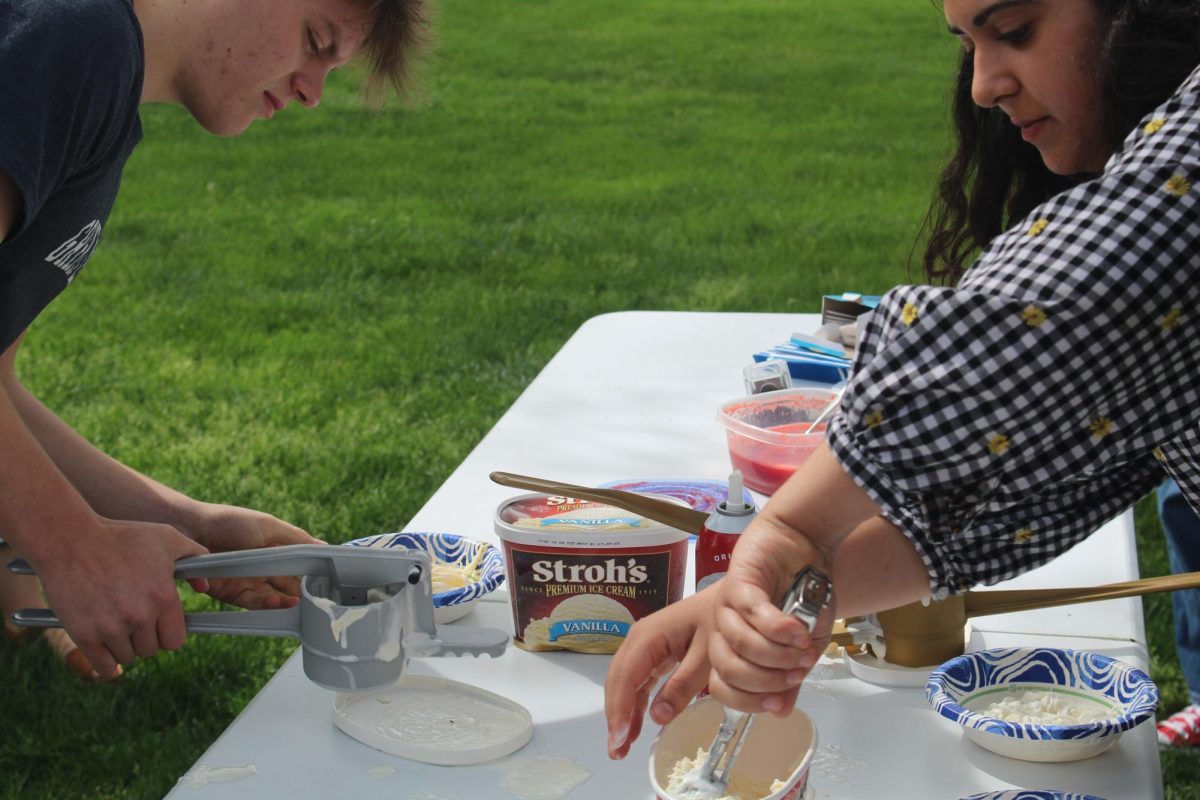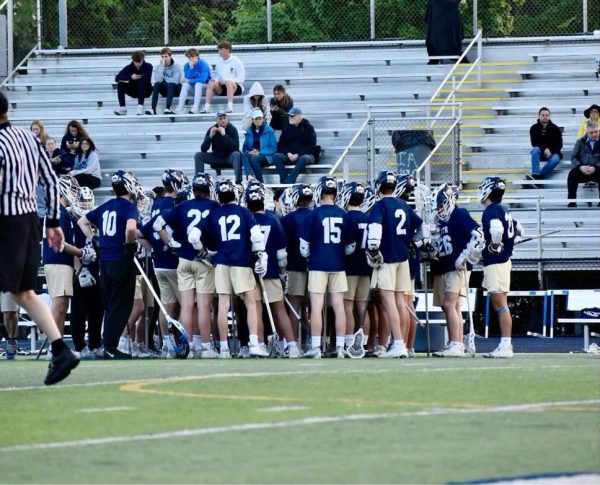Addressing inequalities, advantages in rowing
May 3, 2020
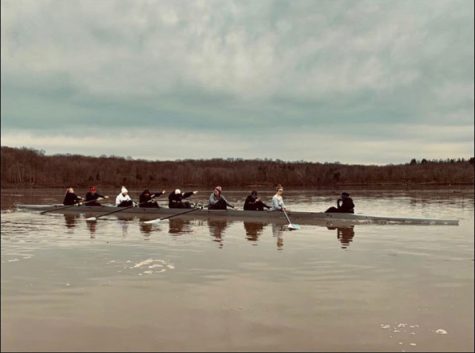
Almost my entire high school career has been defined by one activity– rowing. As I evolved through the years, rowing remained constant in my life. Fortunately, I had the privilege of being able to be a part of the team through South and the Detroit Boat Club, and I have come to realize what a great privilege I had, especially economically. Rowing is said to be a very expensive sport, with the school, club, regatta and other miscellaneous fees adding up to thousands of dollars per year. This is a high barrier to cross to even consider becoming a rower in high school, which can close off this opportunity for many high schoolers.
Youth sports is an almost $17 billion industry, making it larger than the business of professional baseball and approximately the same size as the National Football League, according to an article written by the Atlantic in 2018. Part of the “American Childhood” for many people is to have participated in sports as a student. The participation in youth sports is on a decline in America. However, this does not seem to be the case for every household. According to the Atlantic, 34 percent of children from families earning less than $25,000 played a team sport at least one day in 2017, versus 69 percent from homes earning more than $100,000. And the divide just seems to increase as time goes by.
This reflects not the disappearance of an American childhood. Rather, it reflects the appearance of American inequality and economic disparity.
I have been privileged enough to be able to play such an expensive sport throughout high school, even with being on the lower end of the economic spectrum for most of high school. There are ways to be able to afford the sport without having to pay the full costs through the help of the boat club or school, but for many students, the price to pay can still be steep, especially if they have never played the sport before. The boat club has become more open to just bringing people in for practices before having to commit, which is nice for people on the fence about the new sport and its high costs.
Even though there are many ways to be able to possibly afford the sport, the question comes down to if it is worth it. This shouldn’t be a question students ask themselves when wanting to participate in youth sports. The American system of youth sports– where the talented and often rich individuals have had the privilege of taking advantage of– has reduced the values of participation and universal development to ashes. Youth sports has almost become a pay-to-play machine.
It is honorable to know that parents, no matter what their income, will do their best to provide opportunities for their children, but not all of these endeavors are harmless. The economist Richard Reeves in his book “Dream Hoarders” wrote about how economic mobility is on the decline partly because of “opportunity hoarding,” from the economically privileged.
A possible relief to lower income families could simply be lowering the social and economic barriers. This could be done in a number of ways, such as reducing the costs of participating or providing help. We must reduce this occurrence of “opportunity hoarding” and begin to provide all children with opportunities to succeed and participate.















